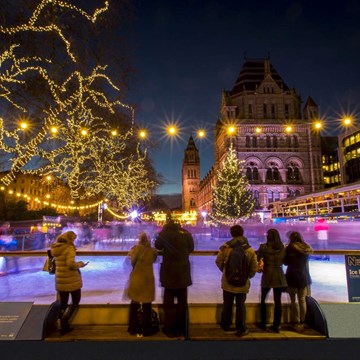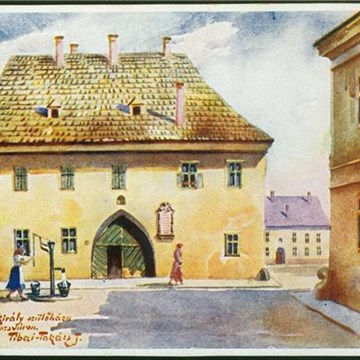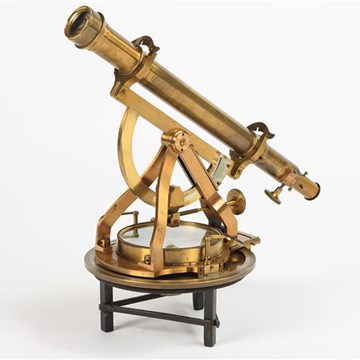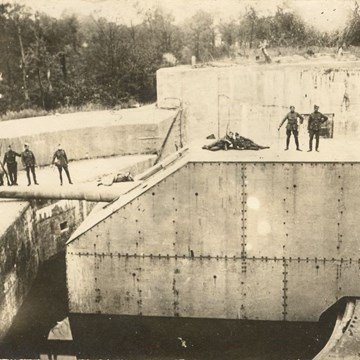Pottery Museum of Argentona
Museu del Càntir d'Argentona
THE MUSEUM
The Museu del Càntir in Argentona houses and exhibits an important collection of more than 3000 recipients for water. The majority of these are 'càntirs', traditional water jars, made from ceramic materials. Together they illustrate almost three thousand years of man's creativity, ranging from the bronze age askoi, made by different Mediterranean cultures in ancient times, to contemporary works of art, culminating with various examples of pieces made by Picasso.
The museum was founded in 1975 thanks to a popular local iniciative led by the local historian Jaume Clavell. In the year 2000 the museum relocated to its present site where the spacious, modern installations and a firm educational vocation combine to accommodate the visiting public.
The museum's origins lie in the traditional 'càntir' fair which is held every year on August 4th, the day of Saint Dominic. This has now become the date of the annual village festival which coincides with the popular 'Festa del Càntir' (festival of the water jar) and the International Pottery and Ceramics Fair.
THE COLLECTIONS
The permanent exhibition is structured around five thematic areas.
- Humanity and water: A cultural realtionship.
In all the cultures throughout all the ages a great variety of recipients for water can be found which illustrate the enormous wealth and diversity of our cultural heritage. In this section 'càntirs' are exhibited alongside vessels from Africa, America, Europe and Asia.
2. Forms and functions of water utensils: Morphologies.
There have been innumerable variations of vessels to hold water produced in our society. These variations we name morphologies. Among the most important are the traditional water jars, water jars with spouts, canteens, pitchers and ewers.
3. The history of the 'càntir': From antiquity to the present day.
The 'càntir' has been present throughout Mediterranean history, from its origin in prehistoric times up until the 21st century: from antiquity through the middle ages, the modern era and up to the present day where it all but disappears as a functional object.
4. A pitcher 'càntir' for every function: The typologies.
The pitcher 'càntir' has been the recipient for water which has inspired by far the largest number of variations. These are categorised under typologies. Some 30 different typologies can be differentiated such as the common 'càntir' or the winter, trick, christening, cooling or artistic models.
5. The making process.
In this area the traditional making process is shown with the help of a number of videos. This begins with the excavation of the clay, throwing, decoration, firing and finally the transportation of the finished product to its commercial destination.
Picasso space
This area is dedicated specifically to the ceramic work of Pablo Picasso. Various examples of the artist's pitchers are exhibited in which Picasso has incorporated the very essence of his art.
Thematic exhibitions.
The first floor of the building is dedicated entirely to thematic exhibitions relating to the world of water vessels. This allows the museum to rotate work from its depository and complement the permanent exhibitions.
Temporary exhibitions.
On the ground floor of the building is the temporary exhibition space where a variety of artistic and historical exhibitions are held.
Services and activities
– Shop and coffee shop
– Guided tours
– Educational activities for school groups
– Lectures, talks and other activities (consult agenda)
– Library and specialized videos
– Reserved rooms – admission open only to researchers
– Ceramic workshop – courses for children and adults throughout the year
– 'Festa del Càntir' ceramics festival, annually on August 4th .
– International Ceramics and Pottery fair : 4 -6th August (dates vary)
– Ceramics film and video festival (coinciding with ceramics fair)
Exhibitions and events
Virtual exhibitions
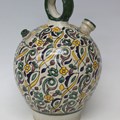
Càntirs d'arreu del món
Permanent exhibitionExposició temàtica de la primera planta del museu on farem una volta al món a través del càntir, procurant descobrir a través d'aquest simple atuell la gran...
Educational programs
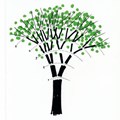
Taller Jugar amb l'Art / Giocare con l'Arte
WorkshopMètode de desenvolupament de la creativitat i la fantasia a través del joc, creat per l’artista i dissenyador italià Bruno Munari i aplicat en el Museu Internacional de la...
Collections
We don't have anything to show you here.











